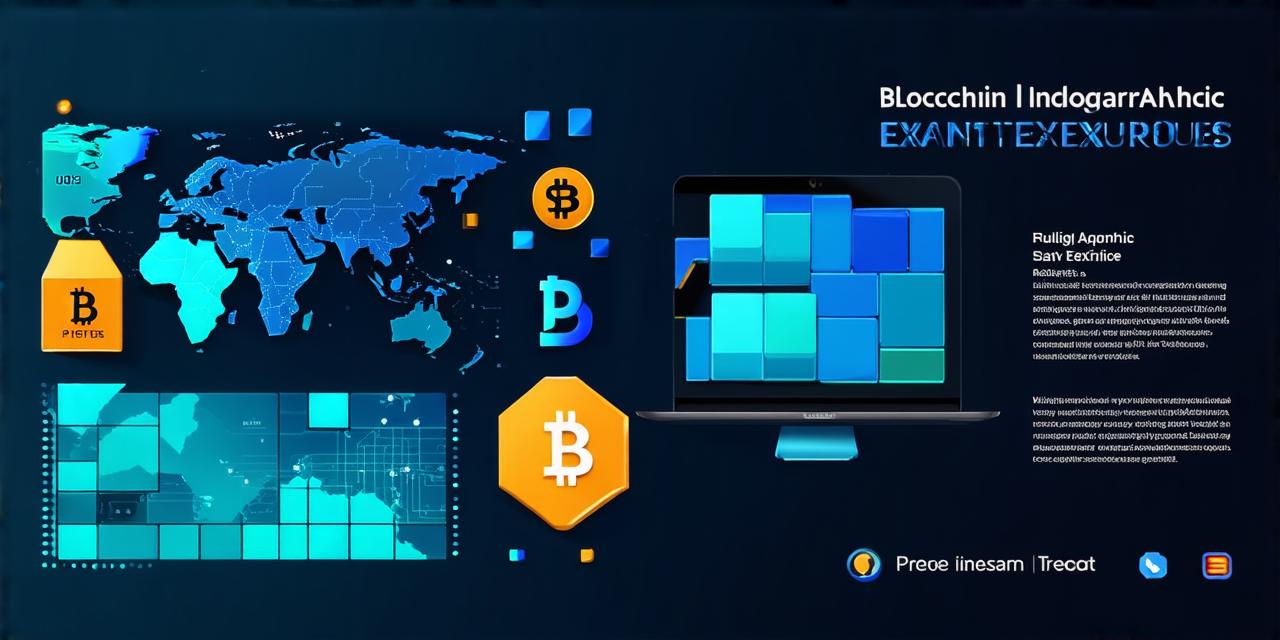Blockchain is a decentralized database that is used to store and manage data in a secure and transparent way. It is based on a distributed ledger technology that allows multiple parties to share access to the same data without the need for a central authority.
In this article, we will explore what blockchain means and how it works. We will also look at some real-life examples of how blockchain is being used to improve data security, transparency, and efficiency in various industries. Finally, we will discuss some of the challenges facing blockchain technology and how they are being addressed.
What is Blockchain?
Blockchain can be defined as a decentralized database that uses a distributed ledger technology to store and manage data. It is based on a consensus mechanism that allows multiple parties to agree on the validity of transactions and updates to the database without the need for a central authority.
The core concept behind blockchain is that it provides a secure and transparent way to store and share data. Each block in a blockchain contains a list of transactions, which are verified by a network of nodes. Once a transaction is verified, it is added to the block and becomes part of the immutable ledger. This means that once data is stored on the blockchain, it cannot be changed or deleted without consensus from the entire network.
One of the key features of blockchain is its decentralized nature. Unlike traditional databases, which are managed by a single entity, a blockchain is maintained by a network of nodes that work together to validate transactions and maintain the integrity of the ledger. This makes it very difficult for any single party to take control of the database or manipulate the data stored on it.
Blockchain Technology
There are several key components that make up a blockchain. These include:
- Nodes: Nodes are the individual computers or servers that make up the network and participate in the consensus mechanism.
- Blocks: Blocks are the containers for transactions on a blockchain. Each block contains a list of verified transactions, as well as a reference to the previous block in the chain.
- Transactions: Transactions are the individual units of data that are stored on a blockchain. They can be anything from financial transactions to simple data transfers.
- Consensus mechanism: The consensus mechanism is the process by which nodes agree on the validity of transactions and updates to the blockchain. There are several different types of consensus mechanisms, including proof-of-work, proof-of-stake, and delegated proof-of-stake.
- Cryptography: Cryptography is used to secure the data stored on a blockchain by ensuring that only authorized parties can access it. This is done through the use of public and private keys, which are used to encrypt and decrypt data.

Real-Life Applications of Blockchain
Blockchain technology has a wide range of potential applications in various industries. Some real-life examples include:
- Cryptocurrencies: Bitcoin is the most well-known example of a cryptocurrency, but there are many other types of digital currencies that use blockchain technology, such as Ethereum, Litecoin, and Ripple.
- Supply chain management: Blockchain can be used to track the movement of goods through a supply chain, providing increased transparency and accountability.
- Identity verification: Blockchain can be used to store and manage identity data in a secure and decentralized way, which can help to reduce fraud and improve security.
- Voting systems: Blockchain can be used to create secure and transparent voting systems that allow for real-time vote counting and auditability.
- Smart contracts: Smart contracts are self-executing programs that can automate the enforcement of agreements between parties.
